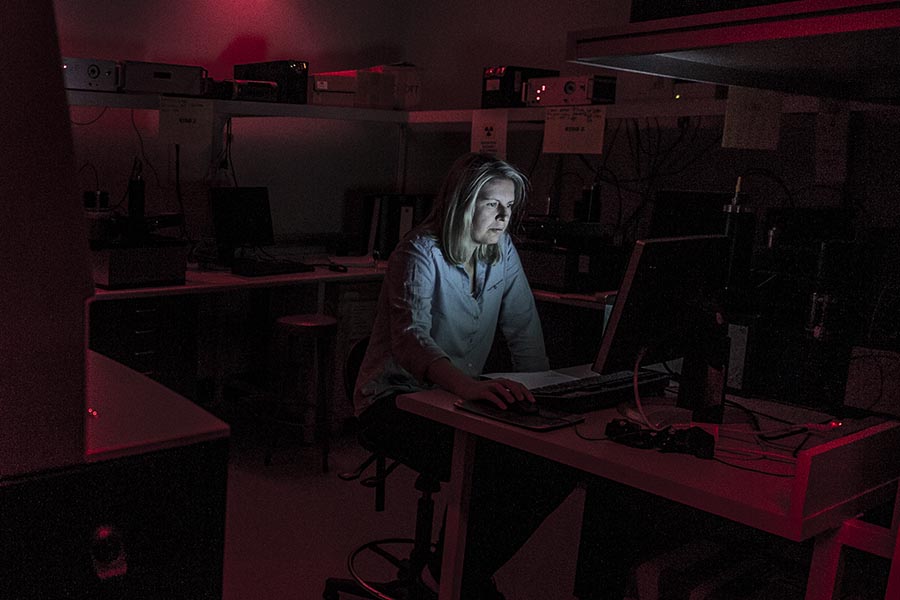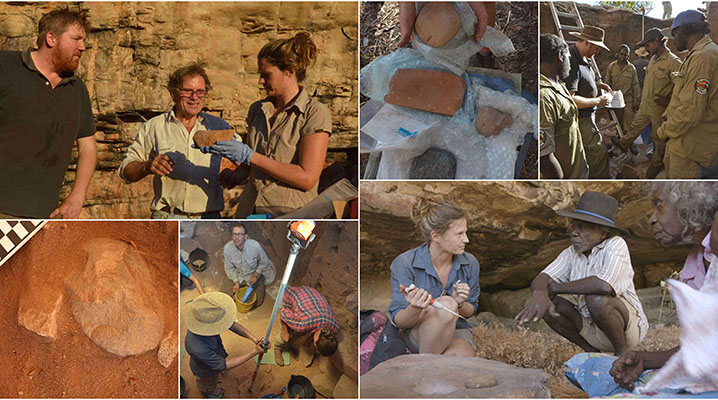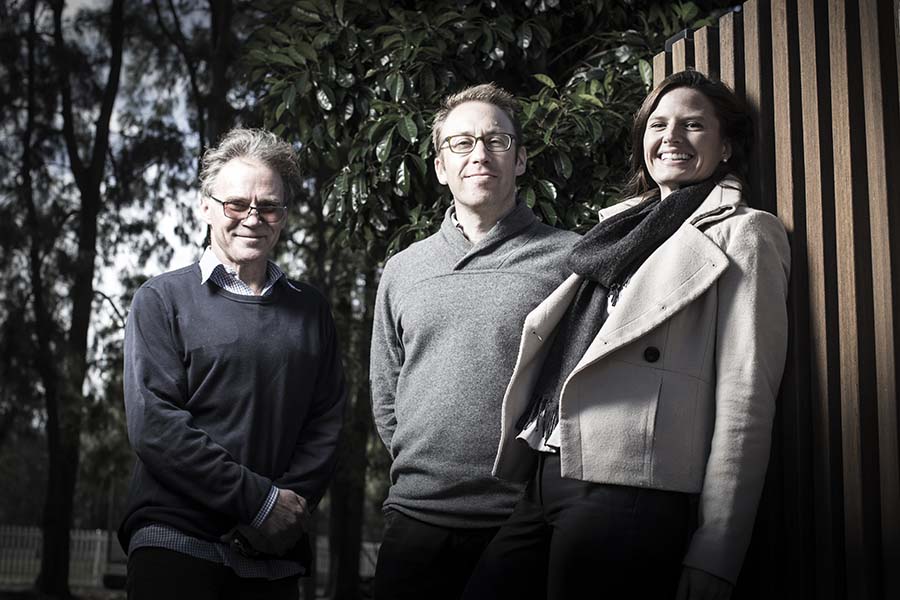July 20, 2017
Kakadu site dates Australia’s human history back to at least 65,000 years ago
More than 10,000 artefacts recovered at site, revealing new details about the first Australians
New evidence uncovered by a team of archaeologists and dating specialists shows Aboriginal people have been in Australia for at least 65,000 years — much longer than the 47,000 years argued by some archaeologists.
The findings have been published in Nature magazine this week. The new discoveries were found at Madjedbebe, a site on Mirarr land within the Jabiluka Mineral Lease near Kakadu National Park in the Northern Territory. The researchers worked in partnership with the Mirarr Traditional Owners under a landmark agreement with the Gundjeihmi Aboriginal Corporation (GAC).
The team was led by Associate Professor Chris Clarkson, an Australian Research Council (ARC) Future Fellow from the University of Queensland, and included University of Wollongong (UOW) researchers Professor Zenobia Jacobs, Associate Professor Ben Marwick, Professor Richard Fullagar, Distinguished Professor Richard ‘Bert’ Roberts and Dr Elspeth Hayes.
The site had previously been excavated in 1973 and 1989, before the more recent and more extensive excavations which uncovered more than 10,000 artefacts. In addition to showing the deep antiquity of Aboriginal occupation, the dig also revealed new evidence of activities and lifestyle.
“The site contains the oldest ground-edge stone axe technology in the world, the oldest known seed grinding tools in Australia and evidence of finely made stone points which may have served as spear tips”, Professor Clarkson said.
ARC Future Fellow Professor Jacobs used optically stimulated luminescence (OSL) techniques to date the artefacts and surrounding sediment. Artefacts from the lowest levels were dated to 65,000 years ago, setting a new minimum age for evidence of human habitation of Australia.
Because the sandy soil at the site had raised questions in the past about whether artefacts had been pushed down to deeper, older levels through activity of one sort or another, the team tested the integrity of the site as well as its age.
“We took a really comprehensive and systematic approach, not just looking at the age but also at the integrity of the site by using individual sand grains as traces for movement through time,” Professor Jacobs said.
“You don’t often do that because it’s a lot of hard work. You only do it on very special sites.”
 UOW dating specialist Professor Zenobia Jacobs in the lab.
UOW dating specialist Professor Zenobia Jacobs in the lab.
While Professor Jacobs found there was some movement of artefacts, it was relatively minor.
To ensure the dating was as robust as possible, samples were sent to another lab (Dr Lee Arnold at the University of Adelaide) to be dated independently. “It was done blind - they didn’t even know it came from the Madjedbebe site. They used their own methods to verify a subset of the ages and they got exactly the same dates,” Professor Jacobs said.
Archaeologist Professor Marwick, another ARC Future Fellow, also tested the integrity of the site, using different methods to those of Professor Jacobs, but making similar findings.
“That was something we focussed on from the start - have the artefacts moved around in the sandy soil and how much? We did a number of projects around the excavation to quantify how much artefacts were likely to move,” Professor Marwick said.
While he also found some movement of the artefacts was likely, the range of movement was limited.
Other UOW archaeologists Professor Fullagar and Dr Hayes undertook use-wear and residue analysis of, respectively, edge-ground hatchets and grinding stones found at the site.
“I looked at the grinding stones under a microscope to see whether they were used to grind plants or bones or other material. I then reconstructed a story of the grinding tools at the site from the earliest levels to the more recent levels, comparing how they were used through time and matching that to what we know about the climate at that time,” Dr Hayes said.
“People adapted their grinding technology to the changing environmental conditions, and we can piece that story together with microscopes, chemical analyses, experiments and Aboriginal knowledge of local plant and other resources.”
Professor Fullagar said the edge-ground hatchets (also known as ground-edge stone axes) and other artefacts showed the earliest Australians had a variety of sophisticated tools at their disposal from the very beginning.
 Scenes from the archaeological dig at Madjedbebe, near Kakadu in the Northern Territory. Images courtesy: Gundjeihmi Aboriginal Corporation
Scenes from the archaeological dig at Madjedbebe, near Kakadu in the Northern Territory. Images courtesy: Gundjeihmi Aboriginal Corporation
He added that the job of analysing what the Madjedbebe artefacts could reveal was only just commencing.
“This is really the first paper of what will be many. There are many more details to be revealed and discoveries to be made,” Professor Fullagar said.
Professor Roberts, Director of the recently launched ARC Centre of Excellence for Australian Biodiversity and Heritage (CABAH), which over the next seven years will research Australia’s ancient Indigenous heritage and environmental past, agreed.
“This is one of the most comprehensively dated archaeological sites in the country, and it covers the span from before human occupation to the present. But this is not the end of the story, it’s just the start,” Professor Roberts said.
“After all, Madjedbebe is right at the top of Australia, perhaps close to the first point of entry. What happened after that? Those chapters are still to be written, and with CABAH being launched this will be a focus point of research for the next seven years.”
The Australian Research Council funded this study through Discovery Project grant DP110102864 to Chris Clarkson, Ben Marwick, Richard Fullagar, Mike Smith and Lynley Wallis, and through fellowships to Zenobia Jacobs, Ben Marwick, Richard Roberts and Lee Arnold.
Main photo courtesy: Gundjeihmi Aboriginal Corporation
 UOW archaeologists Professor Richard Fullagar, Associate Professor Ben Marwick and Dr Elspeth Hayes.
UOW archaeologists Professor Richard Fullagar, Associate Professor Ben Marwick and Dr Elspeth Hayes.
:format(jpg)/prod01/channel_3/assets/live-migration/www/images/content/groups/public/web/media/documents/mm/uow235552.jpg)